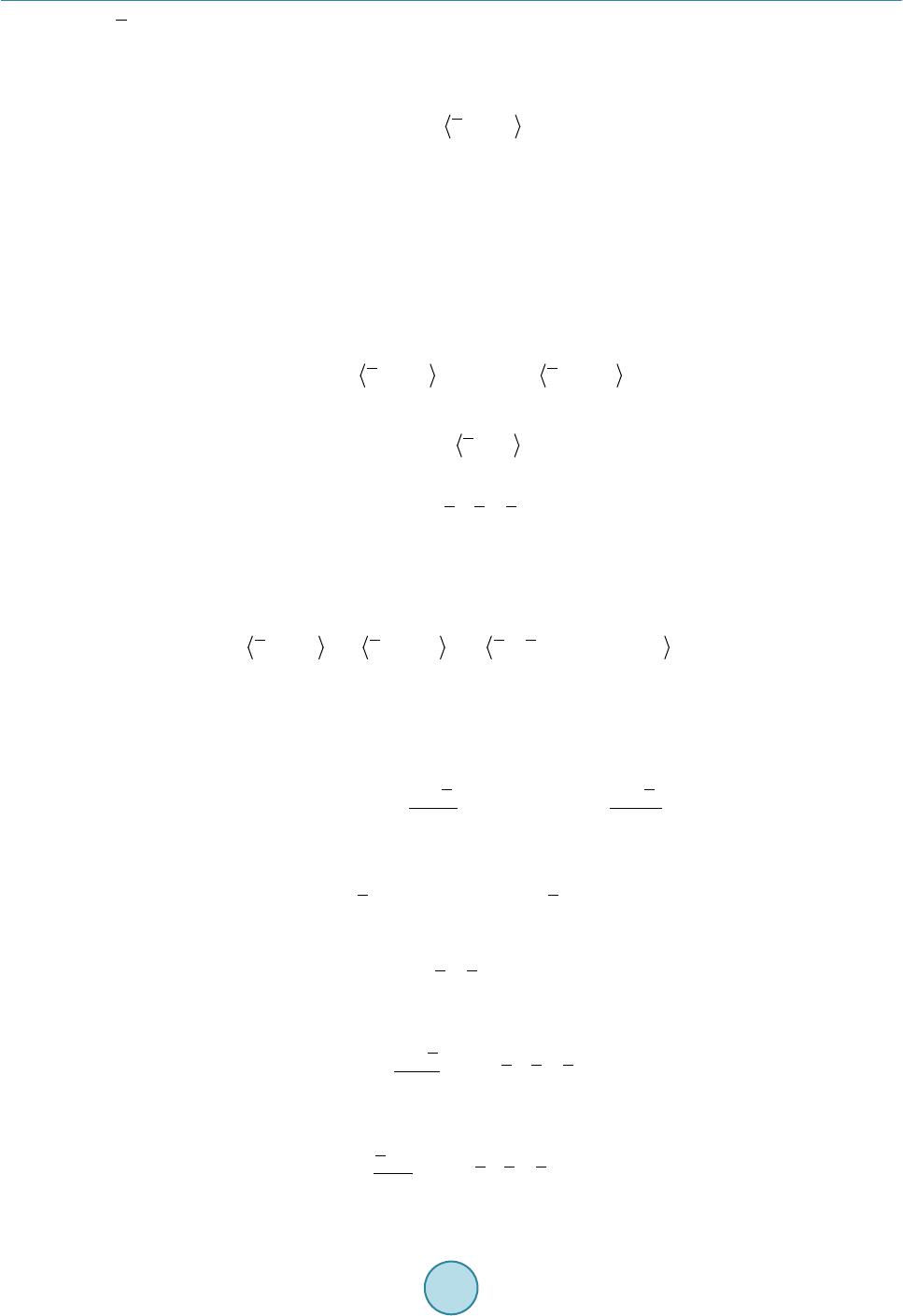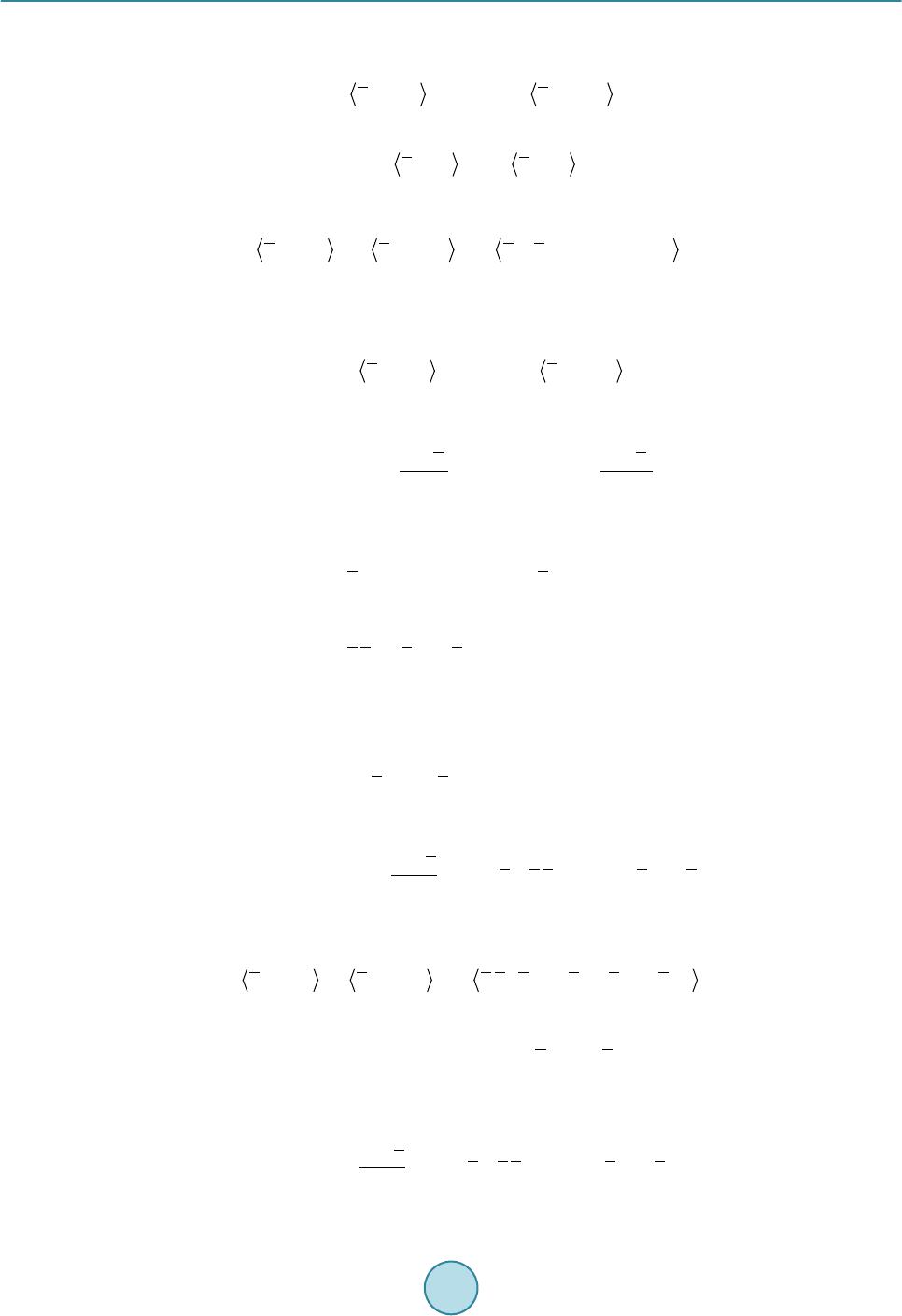 Retraction Notice Title of retracted article: Elementary Operations on L-R Fuzzy Number Author(s): Abdul Alim*, Fatema Tuj Johora, Shohel Babu, Abeda Sultana * Corresponding author. abdulalim@buft.edu.bd Journal: Advances in Pure Mathematics Year: 2015 Volume: 5 Number: 3 Pages (from - to): 131 - 136 DOI (to PDF): http://dx.doi.org/10.4236/apm.2015.53016 Article page: http://www.scirp.org/journal/PaperInformation.aspx?PaperID=54814 Retraction date: 2015-08-24 Retraction initiative (multiple responses allowed; mark with X): All authors Some of the authors: X Editor with hints from Journal owner (publisher) Institution: X Reader: Michael Hanss Other: Date initiative is launched: yyyy-mm-dd Retraction type (multiple responses allowed): X Unreliable findings Lab error Inconsistent data Analytical error Biased interpretation X Other: Irreproducible results Failure to disclose a major competing interest likely to influence interpretations or recommendations X Unethical research Fraud Data fabrication Fake publication Other: Plagiarism X Self plagiarism Overlap Redundant publication * Copyright infringement Other legal concern: Editorial reasons Handling error Unreliable review(s) Decision error Other: Other: Results of publication (only one response allowed):  are still valid. X we’re found to be overall invalid. Author's conduct (only one response allowed): honest error X academic misconduct none (not applicable in this case – e.g. in case of editorial reasons) * Also called duplicate or repetitive publication. Definition: "Publishing or attempting to publish substantially the same work more than once." History Expression of Concern: yes, date: yyyy-mm-dd no Correction: yes, date: yyyy-mm-dd no Comment: Free style text with summary of information from above and more details that can not be expressed by ticking boxes. This article has been retracted to straighten the academic record. In making this decision the Editorial Board follows COPE's Retraction Guidelines. Aim is to promote the circulation of scientific research by offering an ideal research publication platform with due consideration of internationally accepted standards on publication ethics. The Editorial Board would like to extend its sincere apologies for any inconvenience this retraction may have caused. Editor guiding this retraction: Prof. Dexing Kong (EiC of APM)  Advances in Pure Mathematics, 2015, 5, 131-136 Published Online March 2015 in SciRes. http://www.scirp.org/journal/apm http://dx.doi.org/10.4236/apm.2015.53016 How to cite this paper: Alim, A., Johora, F.T., Babu, S. and Sultana, A. (2015) Elementary Operations on L-R Fuzzy Number. Advances in Pure Mathematics, 5, 131-136. http://dx.doi.org/10.4236/apm.2015.53016 Elementary Operations on L-R Fuzzy Number Abdul Alim1, Fatema Tuj Johora2, Shohel Babu2, Abeda Sultana3 1Mathematics, BGMEA University of Fashion and Technology, Dhaka, Bangladesh 2Mathematics, IUBAT—International University of Business Agriculture and Technology, Dhaka, Bangladesh 3Department of Mathematics, Jahanginagar University, Dhaka, Bangladesh Email: abdulalim@buft.edu.bd Received 26 February 2015; accepted 13 March 2015; published 19 March 2015 Copyright © 2015 by authors and Scientific Research Publishing Inc. This work is licensed under the Creative Commons Attribution International License (CC BY). http://creativ ecommon s.org/l icenses/by/4. 0/ Abstract The aim of this paper is to find the formula for the elementary operations on L-R fuzzy number. In this paper we suggest and describe addition, subtraction, multiplication and division of two L-R fuzzy numbers in a brief. Keywords Fuzzy Number, L-R Fuzzy Number, Membership Function 1. Introduction A fuzzy set [1] A on , set of real numbers is called a fuzzy number [2] which satisfies at least the following three properties: 1) must be a normal fuzzy set [3]. 2) must be a closed interval for every . 3) The support [1] of A, must be bounded. The fundamental idea of the L-R representation of fuzzy numbers is to split the membership function of a fuzzy number into two curves and , left and right of the modal value . The member ship fu nction can be expressed through parameterized reference functions or shape func- tion L and R in t he form ( ) ( ) ( ) for for i i i ii lii i i pi ii rii i i xx x Lxx xxx x Rxx µα µ µβ − = < = − = ≥ (1)  A. Alim et al. where is the mod al val ue o f the membership f u ncti o n and and are the sp re a ds cor re spo nd in g to the left-hand and right-hand cur ve of the membership function [4] respectively. As an abbreviated notation, we can de fine an L -R fuzz y nu mber with the member ship f unctio n in (1) by (2) where the subscripts L and R specify the reference functions [5]. 2. Operations on L-R Fuzzy Number In this section, the formulas for the elementary operations (addition, subtraction, multiplication, division) [5] between L-R fuzzy numbers [5] will be presented. 2.1. Addition of L-R Fuzzy Number Suppose two fuzzy numbers and , represented as L-R fuzzy numbers of the form 111122 2 2 ,, an,, ,,d LR LR px px αβ αβ = = (3) The sum ( ) 121 2 , a E ppqpp= =+ is agai n an L-R fuzzy number of the form (4) with the moda l value (5) and the spreads (6) In short we can write 1112 2 2121212 ,, , ,,,,, , LR LRLR x xxx αβαβα αββ + =+++ (7) The left-hand reference functions of both fuzzy numbers and have to be given by L, and the right- hand reference functions by R. The formula o f the L-R add ition in (7) is motivated by the fo llowing ways : We first consider the right-hand curves and of the L-R fuzzy numbers and with ( )( ) 12 112 2 12 12 and rr xx xx xR xR µµ ββ −− = = (8) The degree of membership is take n on for t he argument values ( )( ) *1* *1* 11122 2 andxx RxxR βµ βµ −− =+=+ (9) This implies ( ) ( ) ** *1* 1 2 121 2 z xx xxR ββ µ − =+=+++ (10) and we obtain for the right-hand curve of the fuzzy number ( ) * ** 121 2 with and rzz z Rzxx µ µβββ β − == =+=+ (11) The same rea s oning holds for the left -hand curves of , and , and we get ( ) 1212 with and l zz z Lzxx µ ααα α − = =+=+ (12)  A. Alim et al. 2.2. Subtraction of L-R Fuzzy Number Suppose two fuzzy numbers and , represented as L-R fuzzy numbers of the form 111122 2 2 ,, an,, ,,d LR LR px px αβ αβ = = (13) The opposite of the L-R fuzzy number is defined as 1,, ,, ,, LR RL px x αβ βα −=− =− (14) Now by using (7) we can deduce the following formula for the subtraction ( ) 121 2 , s qE pppp== + of the L-R fuzz y numb er s: 1112 22121212 ,, , ,,,,, , LR LRLR x xxx αβαβαββ α −=−+ + (15) 2.3. Multiplication of L-R Fuzzy Number Let us consider two positive fuzzy numbers and of the same L-R type given by the L-R representations 111122 2 2 ,, an,, ,,d LR LR px px αβ αβ = = (16) We can construct the right-hand curve of the product ( ) 1 212 , m qEp ppp= = on the basis of the right-hand curves ( )( ) 12 112 2 12 12 and rr xx xx xR xR µµ ββ −− = = (17) of L-R fuzzy numbers and . In accordance with the deduction of the formula for the L-R addition, the degree of membership is take n on for t he argument values ( )( ) 11 111 222 andxxRxxR βµ βµ ∗−∗ ∗−∗ =+=+ (18) This implies ( ) ( )( ) 2 * **1*1* 121212 2112 z xx xxxxRR ββµββµ −− ==++ + (19) Two approximations have been proposed, which is referred to as tangent approximation and secant approxi- mation in the following: 2.3.1. Tangent Approximation Let and are small compared to and and is in the neighborhood of 1. Then we can neglect the quadratic term in (19) and we obtain for the right-hand curve of the approximated product an expr ession of the fo rm ( ) * ** 121 221 with and r zz zRz xxx x µµββ β β − = ===+ (20) Usin g the sa me r easonin g for the left-ha nd cur ves of , and , we deduce the following formula for the multiplication of L-R fuzzy numbers 111 2221212211221 ,, , ,, ,,,, LR LRLR xxxx xxxx αβαβαα ββ ≈ ++⋅ (21) 2.3.2. Secant Approximation If the spreads are not negligible compared to the modal values and , the rough shape of the product can be estimated by approximating quadratic term in (19) by the linear ter m . This gives the right-hand cur ve of the approximated product in the fo rm ( ) * ** 1212 21 12 with and r zz zRz xxxx µµβββββ β − ====++ (22)  A. Alim et al. With t he sa me rea soni ng for t he le ft-hand cur ves of , and , the overall formula for t he multiplica- tion of L-R fuzzy numbers results in 11122212122112 122112 ,, , ,, ,,,, LR LRLR xxxx xxxx α βαβααααββββ ≈+− +⋅ + (23) 2.4. Division of L-R Fuzzy Number An appropriate formulation for the quotient ( ) 121 2 , d q E pppp= = of two L-R fuzzy numbers and can be obtained by reducing the division of the fuzzy numbers and to the multiplication of the divi- dend with the inverse of the divisor . When we consider a fuzzy number which is either positive or negative, i.e., , given by the L-R representa tion the ta ngent approximation for the inverse is defined by ( ) 11 22 , 1,, tRL pp xxx βα −− = ≈ and the secant approximation by ( ) () () 11 , 1,, sRL pp xxx xx βα βα −− = ≈ +− Usin g t he a b ove menti o ned id e ntit y as well as the approxi mation for mulas for the multiplic a- tion of L-R fuzzy numbers on one side and those for the inverse of an L-R fu zz y nu mber on the other, a number of different approximated L-R repr e sentations for the quo tient can be formulated. 3. Example We consider two L-R fuzzy number 12 ,, 2,1,1 and4,2,4 ll ll pp= = Then using Equation (7 ) we get 12 ,, 24,1 2,1 46,3,5 ll ll ppq+==+++ = Also can be written in the form ( ) 0; 3 3;3 6 3tfn6,3,5 . 11 ; 611 5 0; 11 x xx qxx x ≤ − << = = − ≤< ≥ Using (15) we get 12 ,, 24,1 4,1 22,5,3 ll ll ppq−==−++ =− Also can be written in the form ( ) 0; 7 7;7 2 5tfn2,5,3 . 1;21 3 0; 1 x xx qxx x ≤− + − <<− == − − −≤< ≥  A. Alim et al. If we use the tangent approximation the product is approximated by the triangular L-R fuzzy number ( ) , 0; 0 ; 08 8 8,8,12tnf 8,8,1220 ; 820 12 0; 20 tll x xx qxx x ≤ << ===− ≤< ≥ Again in the case of secant approximation the result is approximated by ( ) , 0; 2 2;2 8 6 8,6,16tnf 8,6,1624;824 16 0; 24 sll x xx qxx x ≤ − << ===− ≤< ≥ If we use the tangent approximation the inverse 1 2 p− is approximated by the triangular L-R fuzz y numbe r ( ) 1 2,, 1 42111 , ,,, 4 16 16448 tll ll p − = = Thus ( ) 1,,, 2 , 11111 11 1 2,1,1,,2,21,21 4484448 4 1 0; 4 4111 ; 131 131 ,,tfn ,,3 42 242 2421 21 ;1 2 0; 1 tt ll ll ll ll pq p x xx xx x === ++ ≤− + − << === − ≤< ⋅⋅ ⋅⋅⋅⋅ ≥ But if we use the seca nt approximation the inve rse is approximated by the triangular L-R fuzzy number ( ) () ( ) 1 2, , 1 42111 , ,,, 4444442484 sll ll p − = = ++ Thus 1,,, 2 , 11111 111 11 2,1,1,,2,21 1,21 1 48448 484 44 0;1 8 81 ; 1812 13133 , ,1tfn, ,132 28 28; 1232 2 0;3 2 ss llll ll ll pq p x xx xx x === +− ++ ≤ − << === − ≤< ⋅⋅⋅ ⋅⋅⋅ ⋅ ≥ ⋅ 4. Conclusion In this paper we have present ed exact calculation formulas for a ddition, subtraction, multiplica tion and division  A. Alim et al. of two L-R fuzz y n u mbe r s. F i nal l y we ha ve ta ken two L -R fuzzy numbers as an example and obtained results of addition, subtraction, multiplication and division. We have reviewed some research papers with proper refer- ences. References [1] Klir, G.J. an d Yuan, B. (1995) Fuzzy Sets and Fu zzy Logic, Theory and Applications. Prentice Hall Inc., Upper Saddle River. [2] Dubis, D. and Prade, H. (1980) Fuzzy Sets and Systems, Theory and Applications. Academic P ress, New York. http://www.jstor.org/stable/2030767 [3] Zadeh, L.A. (1965) Fuzzy Sets. Information and Control, 8, 338-353. http://dx.doi.org/10.1016/S0019-9958(65)90241-X [4] Hanss, M. (2005) Applied Fuzzy Arithmetic—An Introduction with Engineering Applications. Springer-Verlag, Berlin Heidelberg. [5] Zimmermann, H.J. (1995) Fuzzy Set Theory and its Applications. Third Edition, Kluwer Academic Publishers, Boston.
|